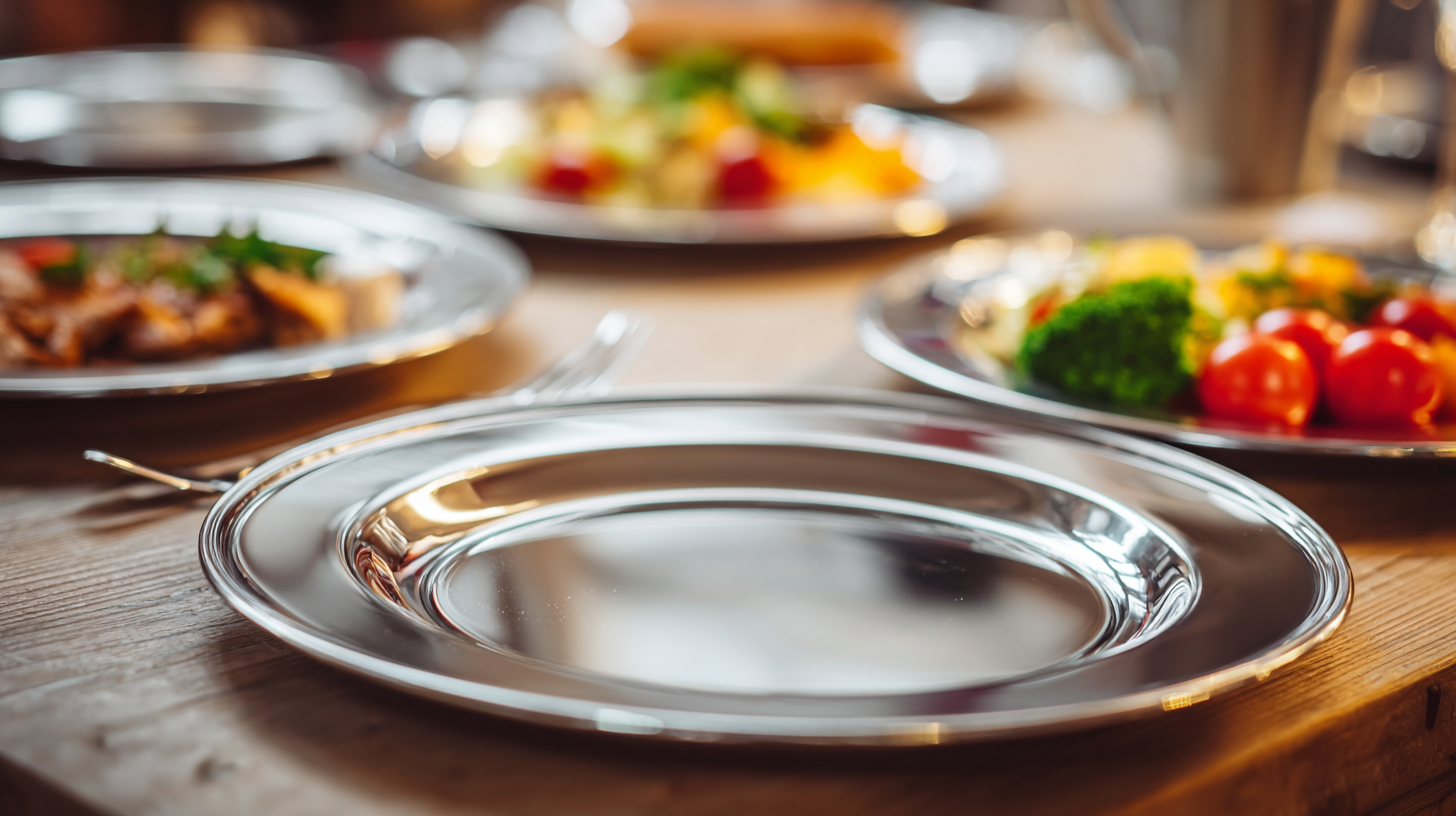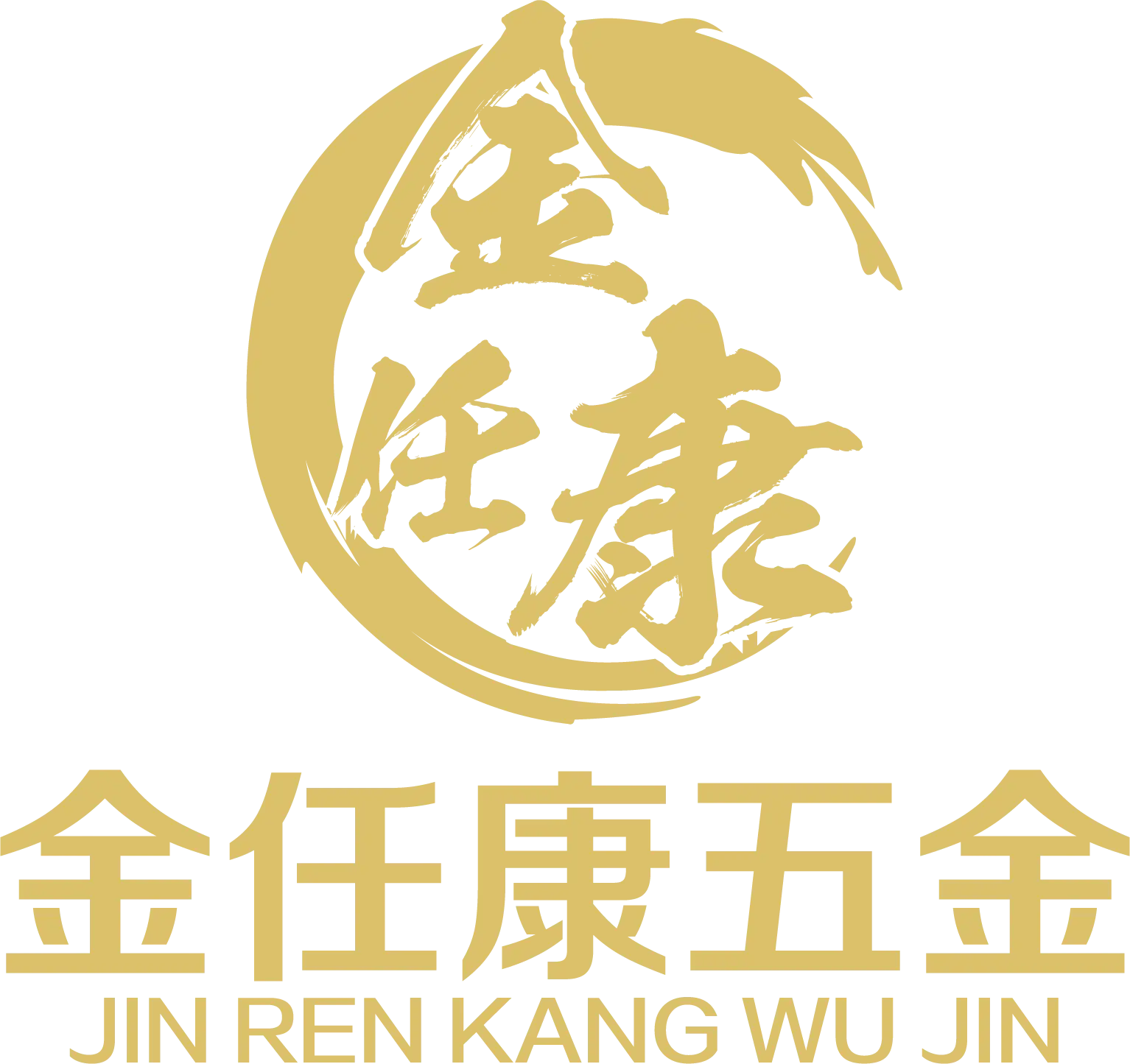As the demand for durable and eco-friendly dining solutions rises, the market for Stainless Steel Dining Plates is witnessing significant growth. According to a recent market analysis report by Grand View Research, the global stainless steel tableware market is projected to reach USD 6.5 billion by 2025, with a compound annual growth rate (CAGR) of 4.7%. This surge in popularity emphasizes the importance of choosing the right Stainless Steel Dining Plate that not only meets aesthetic preferences but also adheres to industry standards of quality and safety. Additionally, understanding the intricacies of import and export certifications within this sector is crucial for manufacturers and consumers alike. With stringent regulations and a focus on sustainable practices, making an informed choice becomes imperative for those seeking to elevate their dining experience while contributing to environmental conservation.

As we approach 2025, the stainless steel dining plate market is witnessing significant trends that reflect changing consumer preferences and industry innovations. According to a recent market analysis by ResearchAndMarkets, the global stainless steel dinnerware market is projected to grow at a CAGR of 5.7% from 2023 to 2028. This growth is primarily driven by the increasing consumer focus on sustainability and durability, making stainless steel an appealing alternative to plastics and ceramics.
One of the standout trends for 2025 is the growing popularity of eco-friendly and lightweight designs. Manufacturers are responding to consumer demands by creating plates that not only reduce waste but also enhance portability for outdoor dining and travel. A report by Grand View Research highlights that over 40% of consumers are now prioritizing recyclable materials in their dining products. Furthermore, innovations in design, such as thermal resistance and antimicrobial coatings, are gaining traction, providing added functionality to dining experiences while maintaining an elegant aesthetic. As these trends continue to evolve, consumers will have an array of stylish and practical options to choose from.
| Dimension | Details |
|---|---|
| Material Quality | 18/10 stainless steel for durability and shine |
| Sizes Available | 7 inch, 9 inch, 11 inch |
| Weight | Lightweight yet sturdy (approx. 250g per plate) |
| Dishwasher Safe | Yes, easy to clean |
| Price Range | $10 - $30 per plate |
| Top Trends | Eco-friendly production, modern designs, multi-functional use |
| User Ratings | 4.5 out of 5 stars |
When selecting stainless steel dining plates, understanding key features is crucial for making the right choice. A report by Market Research Future highlights that the demand for stainless steel tableware is projected to grow at a compound annual growth rate (CAGR) of 5.4% between 2021 and 2027. This growth is largely driven by the material's durability and resistance to rust and corrosion, making it a preferred choice for both households and restaurants.
One of the essential features to consider is the grade of stainless steel. Flatware and dishware typically fall under grades 304 and 316, with 304 being the most common for foodservice due to its excellent resistance to oxidation and corrosion. Additionally, the weight and design of the plates influence their functionality and aesthetic appeal. According to the National Restaurant Association, lightweight plates are favored in fast-casual dining settings for their ease of handling, while heavier versions are often preferred in more upscale environments, as they convey a sense of quality and sturdiness.
Finally, the finish of the plates can significantly affect both appearance and practicality. A matte finish helps to hide scratches and fingerprints, while a polished finish provides a sleek, modern look. As consumers increasingly prioritize long-lasting and stylish dining ware, selecting the right stainless steel plates will ensure not only a functional but also a visually appealing dining experience.

When choosing dining plates, material selection plays a crucial role in both functionality and aesthetics. Stainless steel is increasingly favored for its durability and hygienic properties. Unlike ceramic or glass, stainless steel is less prone to breakage, making it a safer option for families with children. It is also resistant to stains and odors, ensuring that your plates maintain a clean appearance over time. Additionally, stainless steel is lightweight and easy to handle, which is particularly advantageous for larger gatherings or outdoor dining scenarios.

On the other hand, materials like plastic may appeal due to their affordability and variety of designs, but they often compromise on durability and can retain odors. While ceramic plates provide elegance and a traditional feel, they are heavier and can chip or crack easily, requiring careful handling. Comparing these materials highlights the balance between aesthetics and practicality. For those prioritizing longevity and ease of maintenance, stainless steel emerges as a frontrunner, making it a worthwhile investment for both casual and formal dining experiences.
When it comes to enhancing your dining experience,
stainless steel dining plates offer
durability and elegance. However, to prolong their lifespan and maintain their appearance,
proper care and maintenance are essential.
First, always wash your stainless steel plates soon after use to prevent food residue from hardening.
A simple mixture of warm water and mild dish soap is effective for most cleaning tasks.
Avoid abrasive cleaners or scrubbing pads, as they can scratch the surface.
Instead, opt for soft sponges or cloths to preserve
the shine of your plates.
Additionally, it's important to dry your plates thoroughly after washing to prevent
water spots. For stubborn stains or discoloration,
a paste made of baking soda and water can work wonders.
Apply it gently and then rinse thoroughly. Lastly, storing your stainless steel plates in
a dry environment will help avoid any moisture-related issues.
By following these maintenance tips, you can enjoy the benefits of your stainless steel dining plates for years to come,
ensuring they remain a stylish and functional addition to your table setting.
As consumers become increasingly conscious of their environmental impact, sustainable sourcing has become a pivotal factor in purchasing decisions, particularly in the stainless steel dining products market. According to a report by Allied Market Research, the global stainless steel market is expected to reach $189.5 billion by 2027, growing at a CAGR of 5.2%. This growth underscores the rising demand for eco-friendly options, as stainless steel is not only durable but also recyclable, contributing to a more sustainable lifecycle.
When selecting stainless steel dining plates, it is crucial to consider their sourcing practices. Manufacturers that prioritize recycled materials contribute to a reduction in carbon footprint and resource depletion. A study conducted by the International Stainless Steel Forum shows that using recycled stainless steel can reduce energy consumption by up to 80% compared to virgin material production. By choosing plates made from responsibly sourced stainless steel, consumers can enjoy stylish and functional dining products while supporting sustainability initiatives that protect our planet.






